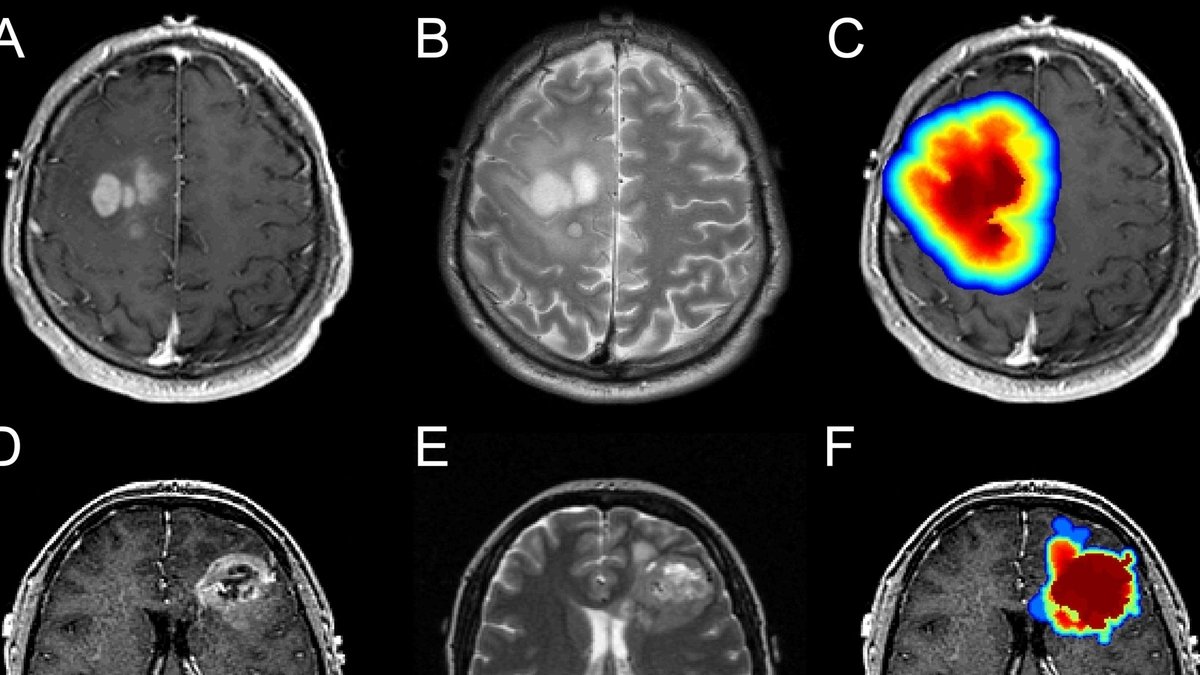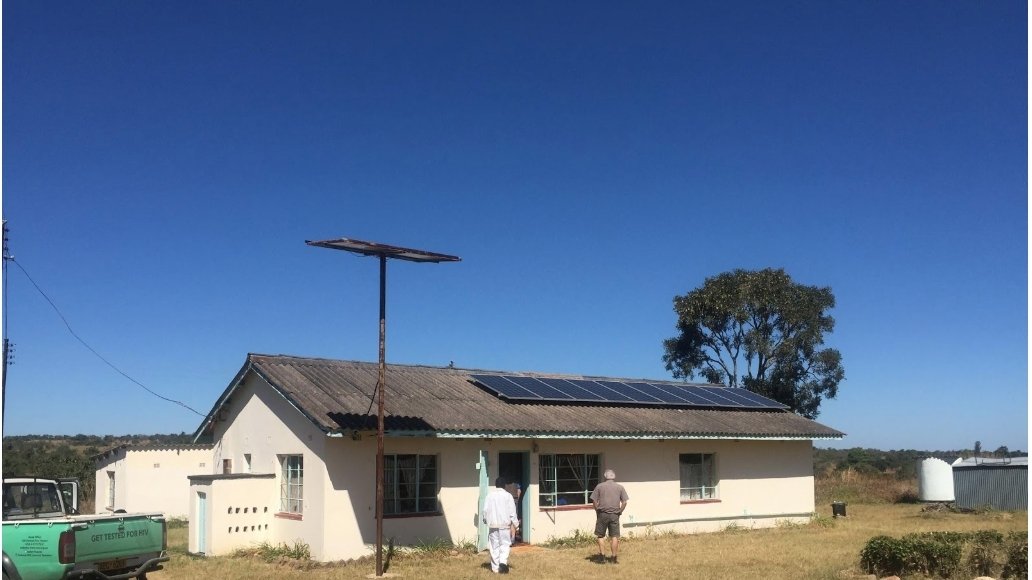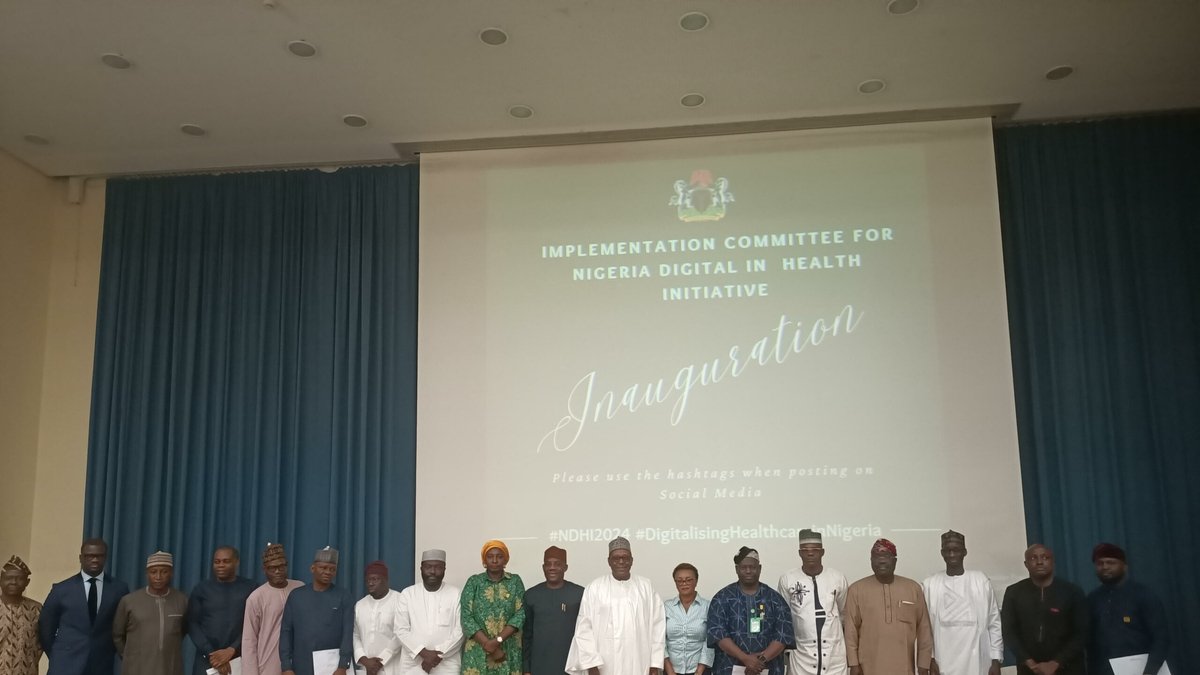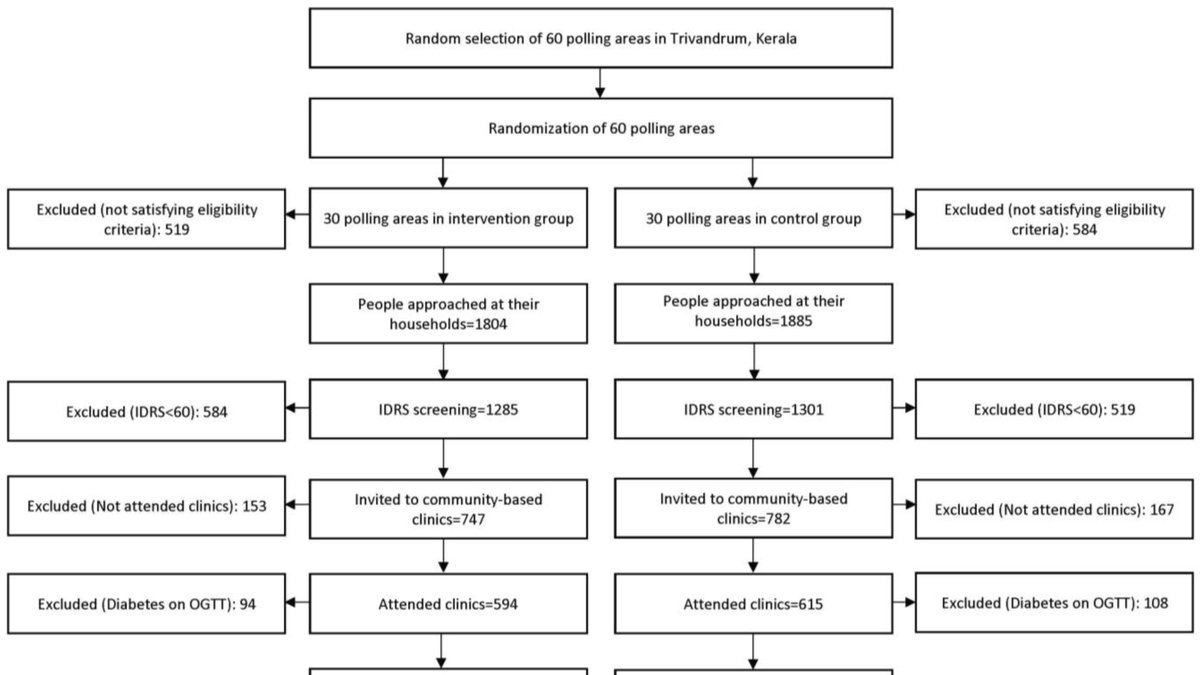Reformulating Dialysis Delivery in India: Overcoming Challenges, Optimising Outcomes
India has more than 2 million individuals suffering from Stage 5 Chronic Kidney Disease (CKD5), with the main lifeline for these patients being maintenance dialysis. The high prevalence of diabetes and hypertension in the country significantly contributes to an increasing number of CKD5 patients each year. Dialysis services are provided across public, private, and trust centres, with several private chains operating to extend coverage of treatment. Despite this broad accessibility, only a small portion of CKD5 patients avail maintenance haemodialysis, highlighting an urgent need for reform in its delivery.
Barriers Viewing by Patients
Patient challenges in CKD care include accessibility, affordability and inconsistency in quality protocols across service settings. A combination of limited competence, lack of awareness and understanding about disease management, and some providers’ tendency to compromise on treatment for the sake of saving costs contribute to these difficulties.
Obstacles Faced by the Industry
From an industry’s perspective, the lack of standardized protocols, the absence of service level agreements mentioning outcome parameters, and the increasing costs renders the delivery of top-tier dialysis treatment challenging. Due to these factors, dialysis service becomes a fragmented industry that lacks an established barrier to entry. The brunt of these complexities is often borne by the patients, who receive substandard treatment, impacting their health and survival outcomes.
Governmental Issues
For government bodies, ensuring minimal standard and quality in dialysis delivery presents significant challenges. The intricacies of monitoring dialysis service processes necessitate a streamlined, verifiable, and real-time metric for the quality of service providers. Patient survival outcomes may pose as a significant metric to gauge these factors.
Path Ahead
Both the industry and government must come together to address these challenges, following a theme similar to the National TB program which focuses on both coverage and curative outcomes. The slow but consistent penetration of dialysis services in rural India through state PPP models and the central government-backed Pradhan Mantri National Dialysis Program is a promising start towards this. The focus must be on enhancing patient compliance with dialysis schedules and improving the quality of provided services.
Monitoring every patient’s dialysis quantity and quality, and data-driven tracking of these aspects can significantly contribute to removing human bias and error. The adherence to mandatory quality protocols, incentivization of local production of dialysis equipment, continuous patient education, and incentives for achieving quality parameters could help improve dialysis outcomes, moving India towards self-reliance in dialysis delivery.
Insights provided by the Group Chief Executive Officer, Apex Kidney Care Pvt. Ltd., Member of NATHEALTH. However, the views must be considered personal and individual, and do not necessarily mirror those of Reader Wall.














